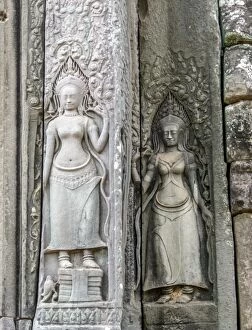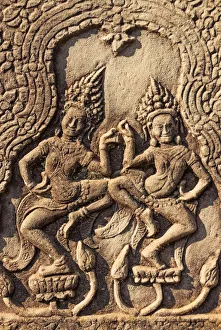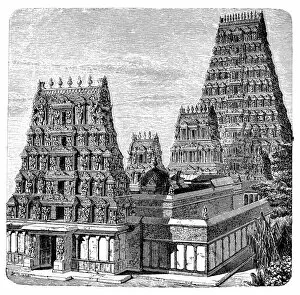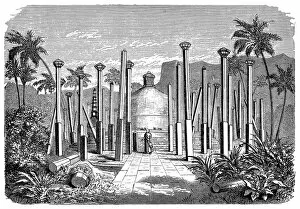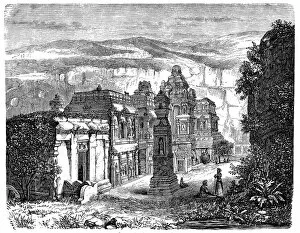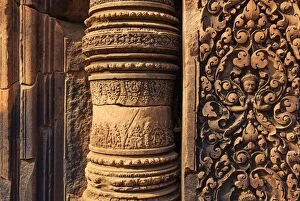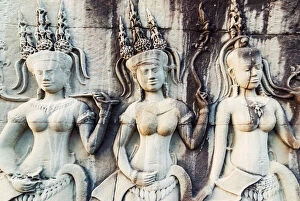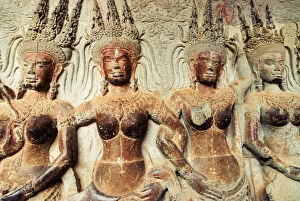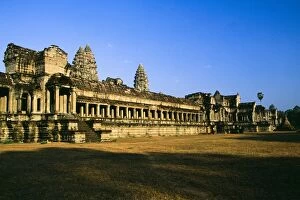Devatas Collection
"Unveiling the Divine: Exploring Devatas in Angkor Wat, Cambodia" Step into the mystical world of Angkor Wat
All Professionally Made to Order for Quick Shipping
"Unveiling the Divine: Exploring Devatas in Angkor Wat, Cambodia" Step into the mystical world of Angkor Wat, where ancient temples stand as testaments to the rich cultural heritage of Cambodia. Amongst these awe-inspiring structures, one can find captivating sculptures known as devatas - celestial nymphs or apsaras that adorn temple walls with their ethereal beauty. As you wander through the intricate bas-relief carvings at Angkor Wat, your eyes are drawn to the delicate features and graceful poses of these devatas. Each sculpture tells a story, depicting heavenly beings dancing amidst lush flora and mythical creatures. These divine figures serve as a bridge between mortals and gods, embodying both elegance and spirituality. The Chau Say Tevoda Temple beckons with its exquisite devata bas relief sculptures. Here, you witness an enchanting display of celestial maidens adorned in ornate jewelry and flowing garments. Their serene expressions seem to radiate tranquility while evoking a sense of wonder within those who behold them. Moving on to Thommanon Temple, more devatas grace its sacred walls. These stone goddesses captivate visitors with their timeless beauty and intricate details carved by skilled artisans centuries ago. As sunlight filters through the temple's openings, it casts a gentle glow upon these divine beings – truly an otherworldly sight to behold. Venturing further into Banteay Srei temple reveals yet another marvel – a bas relief featuring Kala, a fearsome deity associated with time and destruction. Despite its intimidating appearance, this depiction showcases the incredible craftsmanship that went into creating such masterpieces within this architectural gem. Devatas not only embellish temple facades but also symbolize devotion towards Hindu deities worshipped in these sacred spaces. They represent purity and divinity while serving as guardians against evil forces that may seek to disturb spiritual harmony.

